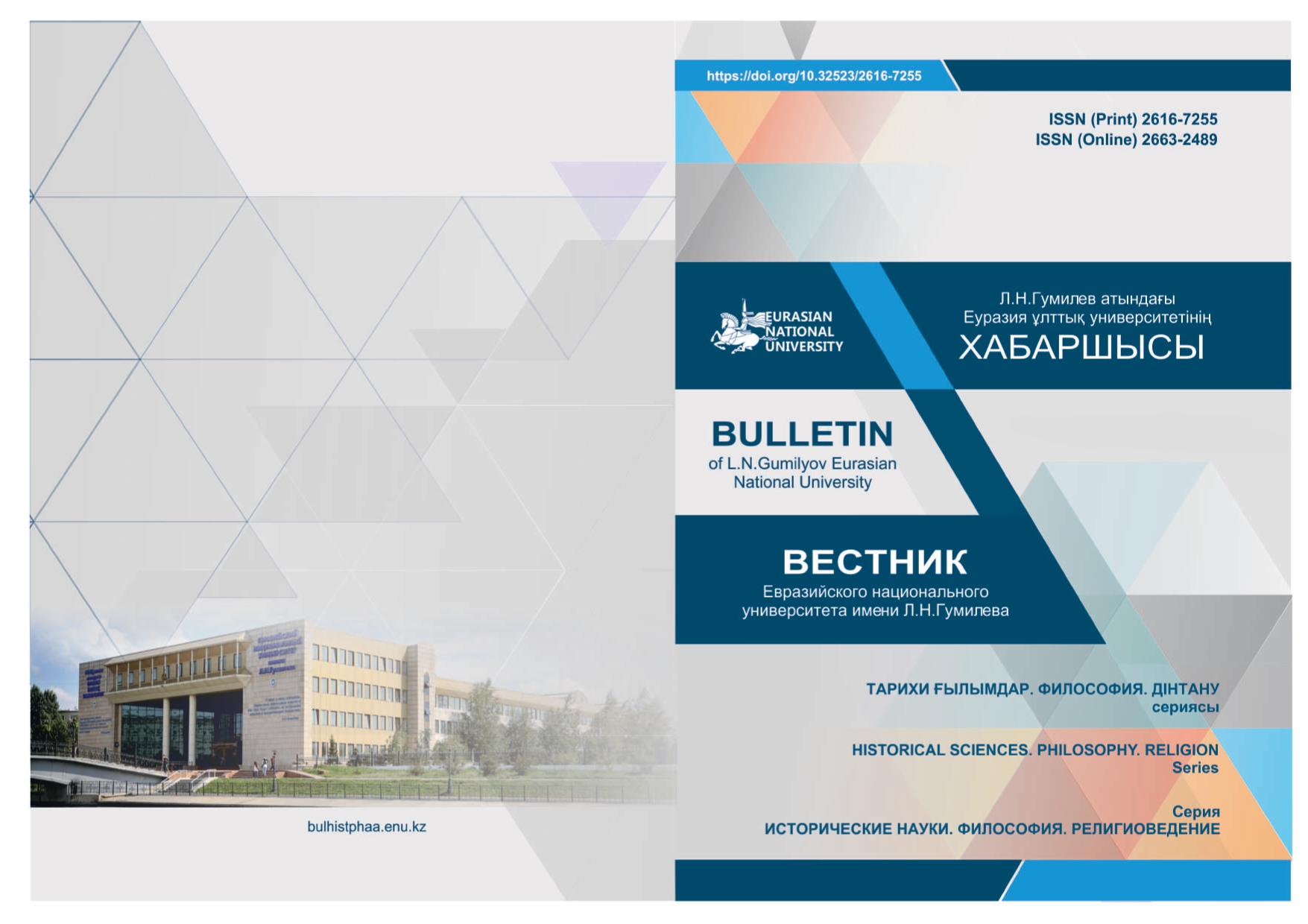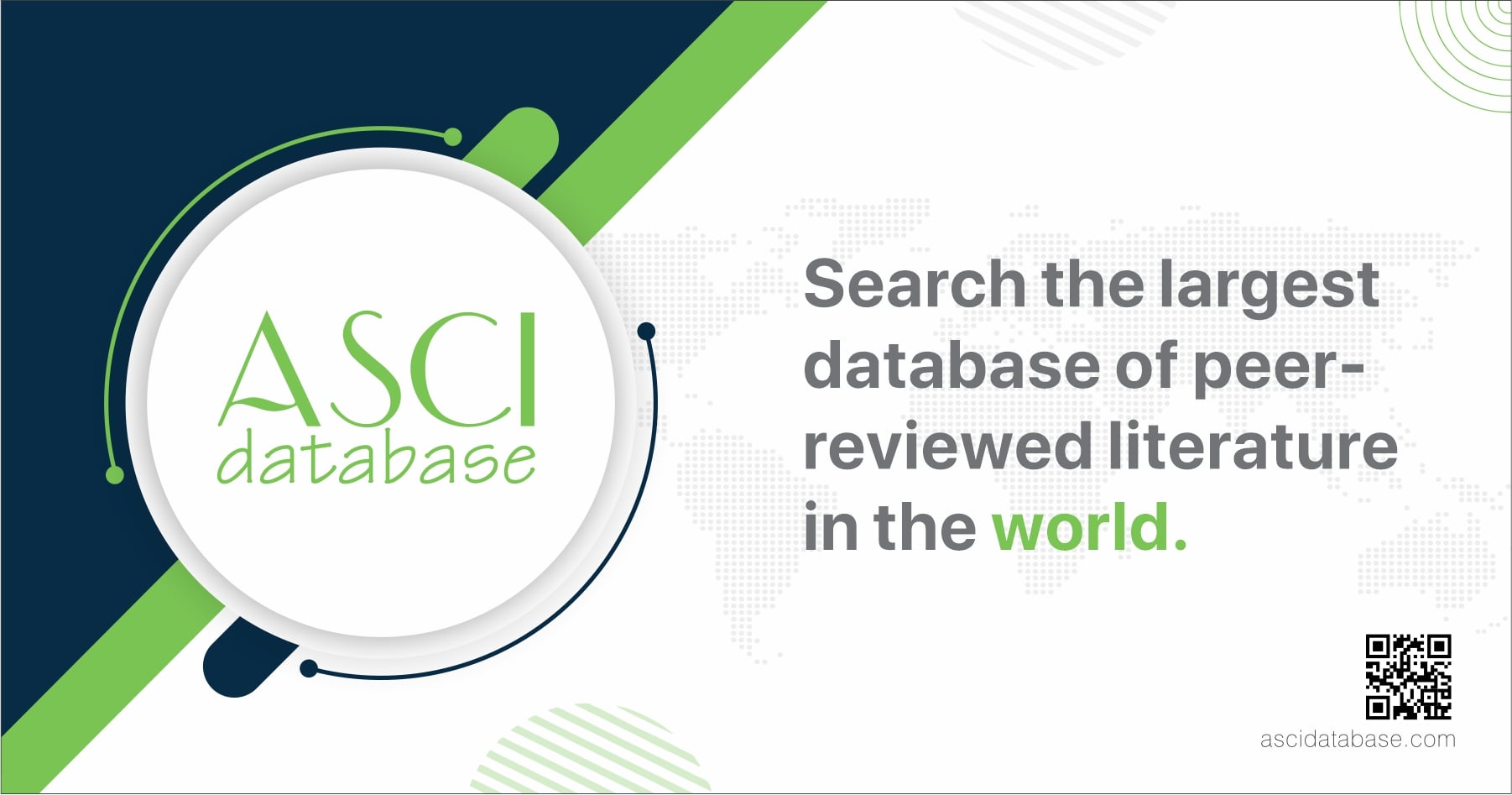Epistemology of Ibn Sina: being and knowledge
Views: 260 / PDF downloads: 278
DOI:
https://doi.org/10.32523/2616-7255-2024-146-1-315-334Keywords:
Falsafa; wujud; being; possibly existing being; necessary existing being; essence; causality; space; time; body; cognition.Abstract
This article examines the philosophical views of Ibn Sina, which are the highest peak of philosophy. In general, the main goal of the study is to analyze the philosophical teachings and views of the medieval scientist and physician Ibn Sina by presenting him as the first philosopher who systematized philosophy and brought it to highest peak. It also tells how the thinker viewed and studied philosophy as a science. That is, according to Ibn Sina, he believed that philosophy first considers being, and then studies the objects generated by being. The Thinker defines the essence as “Wujud”. And it proves that the necessary cause of Wujud is God. In the philosophical teachings of Ibn Sina, God is defined by the word Haq. The thinker does not consider the relationship between God and nature as a relationship between the creator and the created, but views them as an interacting cause-and-effect relationship.
Along with this, the article covers issues that, according to the thinker, are the main issues of philosophy. This is the problem of man, the essence, being, physical and spiritual development of man. This article also outlines issues such as spase, time, soul, body and issues of the general theory of knowledge. The thinker solved this problem on the basis of intelligence and practice. In practice, relying on what exists in objects of the external world, he deduces natural patterns from them. Experimental, sensory knowledge, according to Ibn Sina, is the first stage of knowledge of nature. At the same time, the thinker deeply and comprehensively explored the role and power of the senses in the process of cognition.
Downloads
Downloads
Published
How to Cite
Issue
Section
License
Copyright (c) 2024 This work is licensed under a Creative Commons Attribution-NonCommercial 4.0 International License.

This work is licensed under a Creative Commons Attribution-NonCommercial 4.0 International License.








